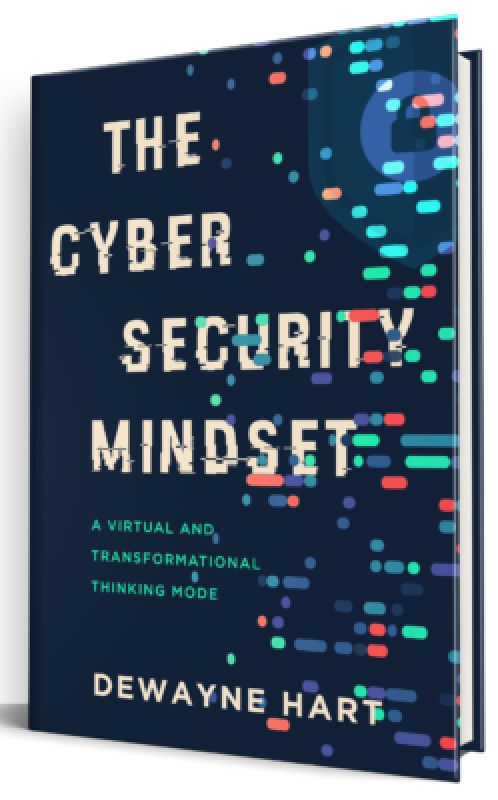Executives seeking actionable insights for their cybersecurity programs can benefit greatly from Dewayne’s executive sessions. These sessions offer deeper content and insights in a more conversational setting than traditional keynotes. Dewayne’s highly customized Executive Leadership webinars, workshops, MS Team meetings, or training sessions support staff members, senior leaders, boards of directors, and CEO gatherings, providing unexpected insights and proven strategies tailored to meet cybersecurity demands. From workforce readiness to cyber protection management strategies, Dewayne’s sessions deliver the connection and value experienced leaders demand.
Chief of Cybersecurity “Cyber Talk” Session a New era in Delivering Cybersecurity Information.
Popular Speaking & Workshop Topics:
- "Embracing Trustworthy AI: Protecting Federal Systems through Collaboration and Automation"
- “You Heard It Once, Now Again- Stop Feeding The Hackers’ Appetite”
- “Cybersecurity Leadership Starts Long Before An Attack”
- “Enhancing Modern Warfare: Prioritize Safety Features Before Implementing Artificial Intelligence”
- "Securing The Enterprise – Uncovering Your Most Vulnerable Areas Before Hackers "
Cybersecurity Leadership Starts Long Speaking Before an Attack
- Gain a completely new method to reach cybersecurity success through proactive engagements
- Awaken a new mindset for how threat actors and operate your position
- Uncover surprising insight into and secret concerning cyber protection and your leadership style
- Code new methodologies to sell cybersecurity to the board and the technology teams
Create events your audience will rave about !
You Need a Speaker Who’s:
- S - STORYTELLER
- P - PREPARED
- E - ENGAGING
- A - AUTHENTIC
- K - KNOWLDGEABLE
- E - ENERGETIC
- R - RESPONSIVE
That’s me, Dewayne!
Dewayne's Speaking schedule
DEWAYNE provides cybersecurity speaking service for for tradeshows, colleges, organization, and events. His content can be
delivered in the various formats, such as live virtual talks, customized workshop, webinars and panels.
Categories
June 9, 2025
Exploring Artificial Intelligence: Sorting Truth from Myth and Anticipating What’s Next
- Virtual
- June 9, 2025
- Every Black
June 17, 2025
Optimizing SOC Efficiency in Cyberdefense – Cancelled
- San Antonio, Texas
- June 17, 2025
- Forum Incyber
October 14, 2025
AI in SOC: A Revolution in Sight
- Montreal, Canada
- October 14, 2025
- Forum Incyber
More Ways to Work with Dewayne Hart
Cybersecurity Advisory for Executive Leadership
Dewayne Hart can advise senior leadership on best practices and drive results. With his 30-year experience in cybersecurity and active engagement with cybersecurity, he can develop roadmaps and strategies to help C-Suite professionals address their cybersecurity challenges. He works alongside executive leaders through one-on-one sessions and formulates often overlooked solutions. He has been instrumental in advising key government clients on improving their cyber protection programs and avenues to improve workforce readiness. His outcome reshaped how each addressed, planned, and managed cybersecurity programs and structured their workforce for success.

